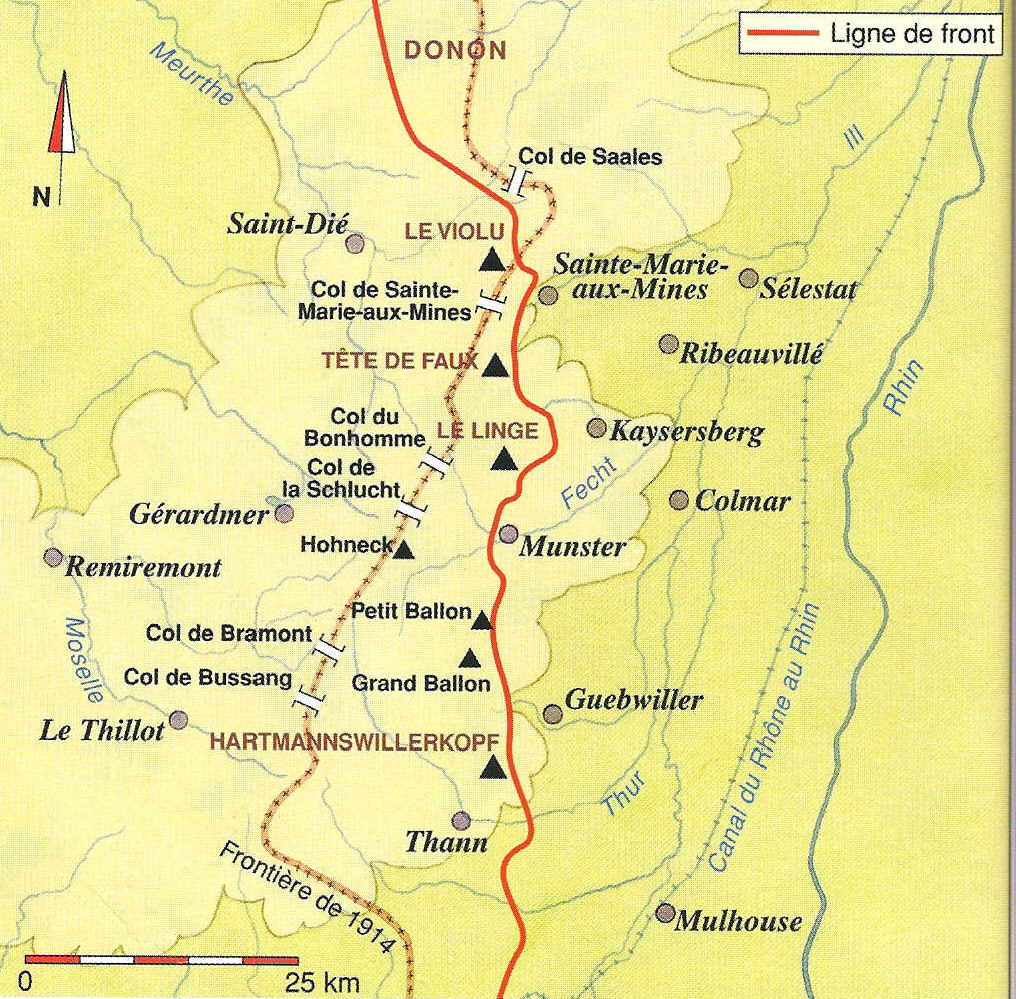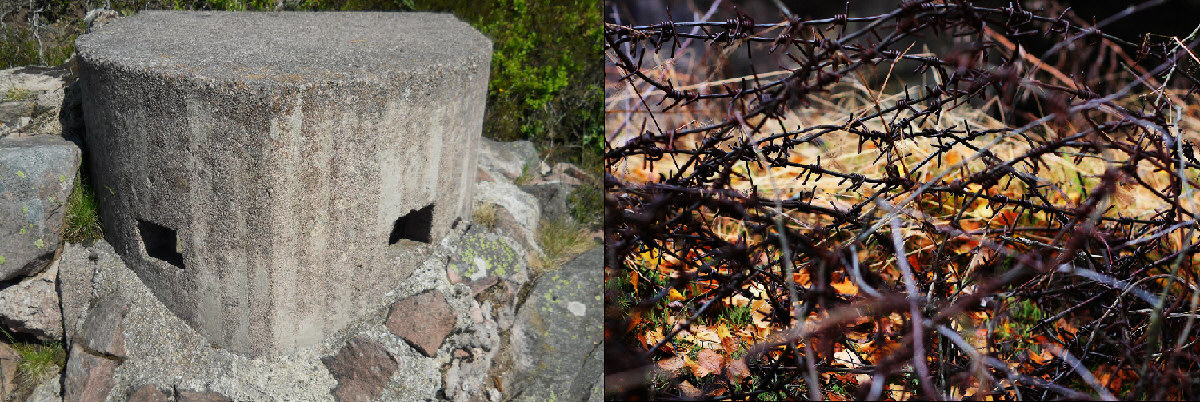Skagerrak: The Battle of Jutland Through German Eyes
by Gary Staff
Pen and Sword, 2016
I've read a great deal about the land war, politics, espionage, and technology of the First World War, but not about the naval war. So it was high time I got up to speed, and where better place to start than the war's greatest naval event, the Battle of Jutland fought 31 May–1 June 1916.
Gary Staff's Skagerrak: The Battle of Jutland Through German Eyes is a challenging place to start. Information rich, engaged with the battle's historiographical controversies, it is a fine book for those already studying the battle. It's not the best first book.
Staff follows Jutland in meticulous chronological order, at times literally minute by minute. The opening two chapters cover the months leading up to Jutland, starting with a German change of command, which led to some daring raids on British units and ports. Then Skagerrak kicks off the main event and remains there until the last chapter, which addresses interpretations of the battle.
Along the way we follow the initial German probe, which wanted to lure out a segment of the (bigger) British navy, in order to quickly destroy it with superior gunnery and local force concentration, but ended up triggering a response from the larger force. What followed was a famously complex struggle, with both sides grappling with dim intelligence. German admiral Scheer charged forward boldly, hurling torpedo boats into the British lines, then commanding titanic salvos from his battlecruisers and battleships. British admiral Jellicoe was more cautious, agonizingly nervous over German mines and torpedoes, holding back when he could (at least according to Staff), but still using his greater numbers to assault enemy ships. Over an afternoon and evening the fleets pounded at each other when they could find each other, the British suffering more losses in tonnage and sailors. Confused engagements spattered overnight, then both sides gradually disengaged in the following morning.
Afterward the Germans claimed victory, with some justice, as Staff argues, and I agree. The British initially considered Jutland/Skaggerak a defeat, then spun it into something more positive, and have been arguing about it ever since. Staff's final chapter points out that while some historians think the German fleet hid in port for the rest of the war, they actually sallied forth repeatedly, amphibiously conquering Russian Baltic islands in 1917, then shipping troops into Finland in 1918 to successfully support the anti-Soviet side in that country's bitter post-independence civil war.
Staff consistently praises German leadership:
Vizeadmiral Scheer...had maintained independent initiative and had held the numerically superior [British] Grand Fleet at bay.(130)
And to the battle's immediate outcome:
[The German] High Sea Fleet had inflicted twice as much damage and casualties as it had received. The British suffered 14 ships sunk for a total loss of 112,920 tons, and 6094 casualties, whilst the Germans lost 11 ships sunk for a total of 60,314 tons and 2552 casualties. Unambiguous statistics.(240)
Skagerrak: The Battle of Jutland Through German Eyes does what it sets out to do, emphasizing the German perspective. We do get dollops of British viewpoints, but only to explain quickly what the enemy is up to. And this perspective is fascinating. Staff carefully explains the command decisions, from Scheer down to torpedo boat captains. Best of all are plentiful accounts of the battle written by sailors, either after the war or from their battle diaries. These stories are richly informative, sometimes very well written, and often exciting or disturbing. I was fond of Kaiser getting ready for battle (74), a great scene of being under fire (139), a tense battle in the dark (183–4), one account of the Wiesbaden's fighting death (119–121), the explosion of Black Prince (201), a scary scene about being trapped below decks (78–80). And the metal fan in me cannot help but love one captain's description of an attack as "THE DEATH RIDE OF THE BATTLE CRUISERS" (yes, all caps in the text) (145).
Throughout the book Staff dives into the deepest details. At times I felt I was reading a database, or ledgers from naval staff. For example, page 110 is nothing but a list of hits on the British vessel Warspite, hit after hit without relief, like a spreadsheet. Or:
At 1716hrs Moltke was [hit] by a 15 inch shell from Barham on the citadel armour below the V casemate 15cm cannon, which penetrated the upper coal bunker, where it detonated. The explosion put the V casemate 15cm cannon out of action and killed the 12 serving crew...At 1723hrs a 15 inch shell struck near the water line beneath the forward funnel and detonated on the side armour. Although the armour was not penetrated a place was displaced and the hull skin below the waterline was torn so that some wing passage and protective bunker compartments were flooded. A few minutes later at 1726hrs there was an underwater hit aft, which passed transversely across the ship before detonating and causing further flooding right aft. Finally at 1727hrs a 15 inch shell... (63)
Not being a regular student of naval war, these passages were thick to wade through. Moreover, Staff does not frame or organize events at a larger level. That is, he spends so much time on these minutiae that he offers little in the way of showing the reader what they mean, especially for the battle as a whole.
Indeed, Skagerrak presumes a certain level of knowledge on the reader's part. Many terms appear without explanation: straddling, casement, "boot," and other German vocabulary. It's not clear why Horn's Reef is an important ground to reach. There is no introduction setting the battle's scene or context in the broader war. No history of the British-German naval race appears, nor a sketch of naval tactics and technology at the time.
When Staff does take up the British side, he is very critical. He condemns naval strategy as being too centralized and doctrine-based, not allowing commanders much flexibility (24), and echoes another author's slam at Beatty for missing a key part of the battle (89–91). Staff especially criticizes Jellicoe for cowardice, inaccurate assessments of the enemy, and lame spinning attempts after the battle (128, 156, 172, 207). He also offers an interesting theory about why British ships tended to explode (202–3).
While obviously cheering on the Germans, Staff does offer some criticisms. He points out several times that the British cryptographic edge boosted their intelligence and gave them a lead on Berlin's plans (24). He dings one commander for shying away from fighting (101). He quietly admits that the Germans put themselves in an awful place at dusk on the 31st, west of the British, and therefore silhouetted against the sunset while their opponents were invisible (162).
When I read most history I expect good maps, and will criticize bad mapping bitterly. Skagerrak is actually quite good on the cartographic front. Every chapter has several schematics of fleet movements, precisely identifying which ship is where, headed in what direction, and at what time. These illustrations are also perfectly placed in the text, right where they are needed. The fonts can be too tiny, however, and I actually used a magnifying glass to make out some text. Elsewhere on the non-textual front the book offers a nice selection of photographs. I wish they were larger but understand press costs.
On an editorial note, there are some mistakes, usually wrong words that certainly passed spell check. For example, "A grove was produced in the roof to a depth of 15mm"—should have been "groove", I think (118).
Overall, if you're a student of the subject, this is a good four stars. As an introduction for the general reader, three
Bryan Alexander
Gary Staff's Skagerrak: The Battle of Jutland Through German Eyes is a challenging place to start. Information rich, engaged with the battle's historiographical controversies, it is a fine book for those already studying the battle. It's not the best first book.
Staff follows Jutland in meticulous chronological order, at times literally minute by minute. The opening two chapters cover the months leading up to Jutland, starting with a German change of command, which led to some daring raids on British units and ports. Then Skagerrak kicks off the main event and remains there until the last chapter, which addresses interpretations of the battle.
Along the way we follow the initial German probe, which wanted to lure out a segment of the (bigger) British navy, in order to quickly destroy it with superior gunnery and local force concentration, but ended up triggering a response from the larger force. What followed was a famously complex struggle, with both sides grappling with dim intelligence. German admiral Scheer charged forward boldly, hurling torpedo boats into the British lines, then commanding titanic salvos from his battlecruisers and battleships. British admiral Jellicoe was more cautious, agonizingly nervous over German mines and torpedoes, holding back when he could (at least according to Staff), but still using his greater numbers to assault enemy ships. Over an afternoon and evening the fleets pounded at each other when they could find each other, the British suffering more losses in tonnage and sailors. Confused engagements spattered overnight, then both sides gradually disengaged in the following morning.
Afterward the Germans claimed victory, with some justice, as Staff argues, and I agree. The British initially considered Jutland/Skaggerak a defeat, then spun it into something more positive, and have been arguing about it ever since. Staff's final chapter points out that while some historians think the German fleet hid in port for the rest of the war, they actually sallied forth repeatedly, amphibiously conquering Russian Baltic islands in 1917, then shipping troops into Finland in 1918 to successfully support the anti-Soviet side in that country's bitter post-independence civil war.
Staff consistently praises German leadership:
 |
| Admiral Scheer |
And to the battle's immediate outcome:
[The German] High Sea Fleet had inflicted twice as much damage and casualties as it had received. The British suffered 14 ships sunk for a total loss of 112,920 tons, and 6094 casualties, whilst the Germans lost 11 ships sunk for a total of 60,314 tons and 2552 casualties. Unambiguous statistics.(240)
Skagerrak: The Battle of Jutland Through German Eyes does what it sets out to do, emphasizing the German perspective. We do get dollops of British viewpoints, but only to explain quickly what the enemy is up to. And this perspective is fascinating. Staff carefully explains the command decisions, from Scheer down to torpedo boat captains. Best of all are plentiful accounts of the battle written by sailors, either after the war or from their battle diaries. These stories are richly informative, sometimes very well written, and often exciting or disturbing. I was fond of Kaiser getting ready for battle (74), a great scene of being under fire (139), a tense battle in the dark (183–4), one account of the Wiesbaden's fighting death (119–121), the explosion of Black Prince (201), a scary scene about being trapped below decks (78–80). And the metal fan in me cannot help but love one captain's description of an attack as "THE DEATH RIDE OF THE BATTLE CRUISERS" (yes, all caps in the text) (145).
Throughout the book Staff dives into the deepest details. At times I felt I was reading a database, or ledgers from naval staff. For example, page 110 is nothing but a list of hits on the British vessel Warspite, hit after hit without relief, like a spreadsheet. Or:
At 1716hrs Moltke was [hit] by a 15 inch shell from Barham on the citadel armour below the V casemate 15cm cannon, which penetrated the upper coal bunker, where it detonated. The explosion put the V casemate 15cm cannon out of action and killed the 12 serving crew...At 1723hrs a 15 inch shell struck near the water line beneath the forward funnel and detonated on the side armour. Although the armour was not penetrated a place was displaced and the hull skin below the waterline was torn so that some wing passage and protective bunker compartments were flooded. A few minutes later at 1726hrs there was an underwater hit aft, which passed transversely across the ship before detonating and causing further flooding right aft. Finally at 1727hrs a 15 inch shell... (63)
Not being a regular student of naval war, these passages were thick to wade through. Moreover, Staff does not frame or organize events at a larger level. That is, he spends so much time on these minutiae that he offers little in the way of showing the reader what they mean, especially for the battle as a whole.
 |
| British Battlecruiser Invincible Explodes During the Battle |
When Staff does take up the British side, he is very critical. He condemns naval strategy as being too centralized and doctrine-based, not allowing commanders much flexibility (24), and echoes another author's slam at Beatty for missing a key part of the battle (89–91). Staff especially criticizes Jellicoe for cowardice, inaccurate assessments of the enemy, and lame spinning attempts after the battle (128, 156, 172, 207). He also offers an interesting theory about why British ships tended to explode (202–3).
When I read most history I expect good maps, and will criticize bad mapping bitterly. Skagerrak is actually quite good on the cartographic front. Every chapter has several schematics of fleet movements, precisely identifying which ship is where, headed in what direction, and at what time. These illustrations are also perfectly placed in the text, right where they are needed. The fonts can be too tiny, however, and I actually used a magnifying glass to make out some text. Elsewhere on the non-textual front the book offers a nice selection of photographs. I wish they were larger but understand press costs.
On an editorial note, there are some mistakes, usually wrong words that certainly passed spell check. For example, "A grove was produced in the roof to a depth of 15mm"—should have been "groove", I think (118).
Overall, if you're a student of the subject, this is a good four stars. As an introduction for the general reader, three
Bryan Alexander







































